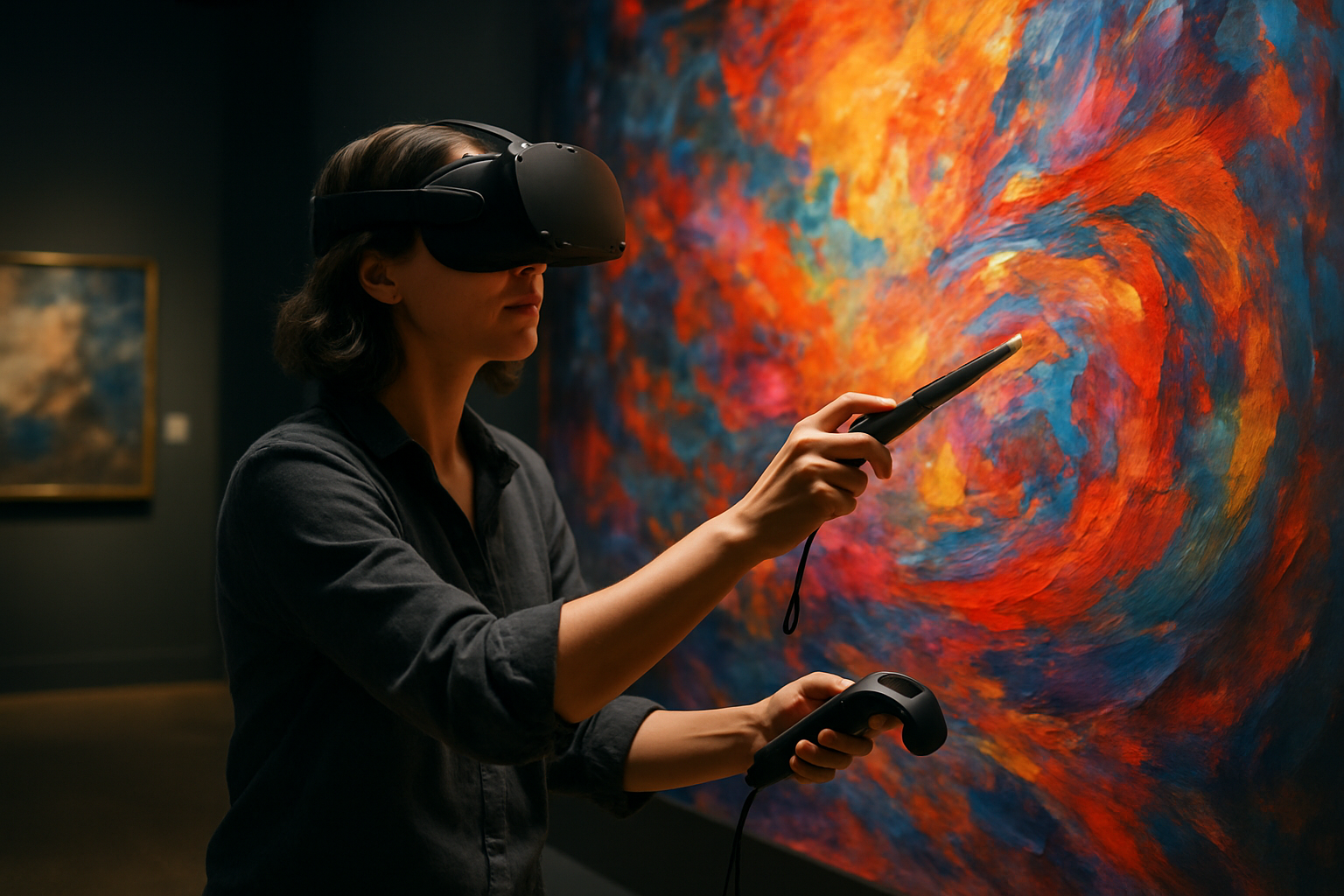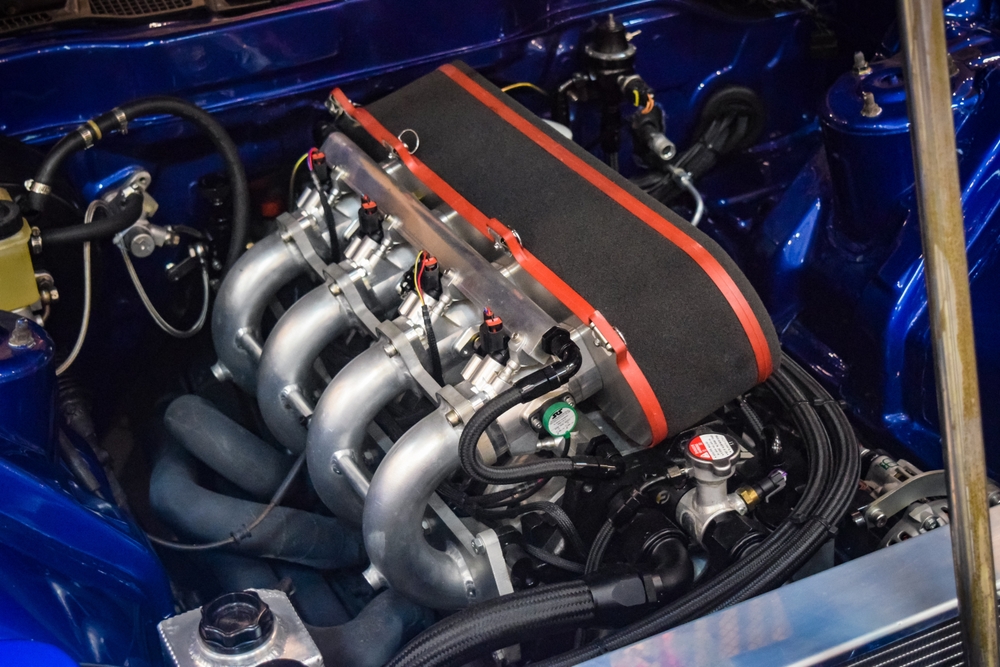Virtual Reality Art Galleries: A New Frontier in Exhibition
In the ever-evolving landscape of art and technology, virtual reality art galleries are emerging as a groundbreaking platform for creative expression and audience engagement. This innovative approach to art exhibition is reshaping how we experience, interact with, and perceive visual art in the digital age. As traditional gallery spaces face challenges and limitations, VR galleries offer a unique solution, expanding access to art worldwide and providing artists with unprecedented creative possibilities.

Breaking Physical Boundaries
One of the most compelling aspects of VR art galleries is their ability to transcend physical limitations. Unlike traditional galleries constrained by space and location, virtual exhibitions can accommodate an infinite number of artworks and visitors from anywhere in the world. This democratization of art access has profound implications for both artists and art enthusiasts, breaking down geographical and socioeconomic barriers to cultural experiences.
Immersive Experiences and Interactive Art
Virtual reality galleries offer a level of immersion and interactivity that traditional spaces simply cannot match. Visitors can not only view artworks in 3D but also interact with them in ways previously impossible. From walking through sculptural installations to manipulating digital paintings, the possibilities for engagement are limitless. This interactivity transforms the viewer from a passive observer to an active participant in the artistic experience.
Curating in the Digital Realm
The role of the curator takes on new dimensions in virtual reality art galleries. Digital curators must consider not only the selection and arrangement of artworks but also the design of the virtual space itself. This presents both challenges and opportunities, allowing for innovative exhibition concepts that would be impractical or impossible in physical galleries. Curators can create thematic environments, dynamic layouts, and even incorporate elements of gamification to enhance the viewer experience.
Challenges and Criticisms
Despite their potential, VR art galleries face several challenges. Critics argue that digital reproductions cannot capture the nuances of physical artworks, particularly in mediums like sculpture or painting where texture and materiality play crucial roles. There are also concerns about accessibility, as VR technology remains relatively expensive and not widely available to all audiences. Additionally, some art purists contend that virtual experiences lack the authenticity and social aspects of visiting physical galleries.
The Future of Art Exhibition
As technology continues to advance, the line between physical and virtual art spaces is likely to blur further. Augmented reality (AR) and mixed reality (MR) technologies offer the potential to integrate digital artworks into real-world environments, creating hybrid exhibition spaces. This convergence of physical and virtual realms could lead to entirely new forms of artistic expression and audience engagement, revolutionizing the art world in ways we are only beginning to imagine.
Economic Implications for the Art Market
The rise of virtual reality art galleries is also reshaping the economics of the art world. Digital exhibitions reduce overhead costs associated with physical spaces, potentially allowing for more diverse and experimental shows. Furthermore, the ability to reach a global audience opens up new revenue streams for artists and galleries through virtual ticket sales and digital art purchases. This shift could democratize the art market, providing opportunities for emerging artists to gain exposure and sell their work without the need for traditional gallery representation.
Educational Potential
Virtual reality art galleries offer exciting possibilities in art education. Students and enthusiasts can explore masterpieces from around the world without leaving their homes or classrooms. Interactive features can provide in-depth information about artworks, artists, and historical contexts, creating rich, immersive learning experiences. This accessibility has the potential to spark interest in art among younger generations and broaden cultural understanding on a global scale.
Preserving and Restoring Art Through VR
An often-overlooked aspect of VR art galleries is their potential for art preservation and restoration. Digital scanning and recreation of artworks can create virtual archives of fragile or deteriorating pieces, allowing future generations to experience them in their original glory. Moreover, VR technology can be used to visualize and test restoration techniques before applying them to physical artworks, reducing the risk of damage to priceless cultural heritage.
In conclusion, virtual reality art galleries represent a transformative force in the art world, offering new possibilities for creation, exhibition, and engagement. While challenges remain, the potential benefits in terms of accessibility, creativity, and global cultural exchange are immense. As technology continues to evolve, VR galleries are poised to play an increasingly significant role in shaping the future of art and how we experience it. The art world stands at the threshold of a new era, where the boundaries between the physical and digital realms blur, opening up exciting possibilities for artists, curators, and art lovers alike.





